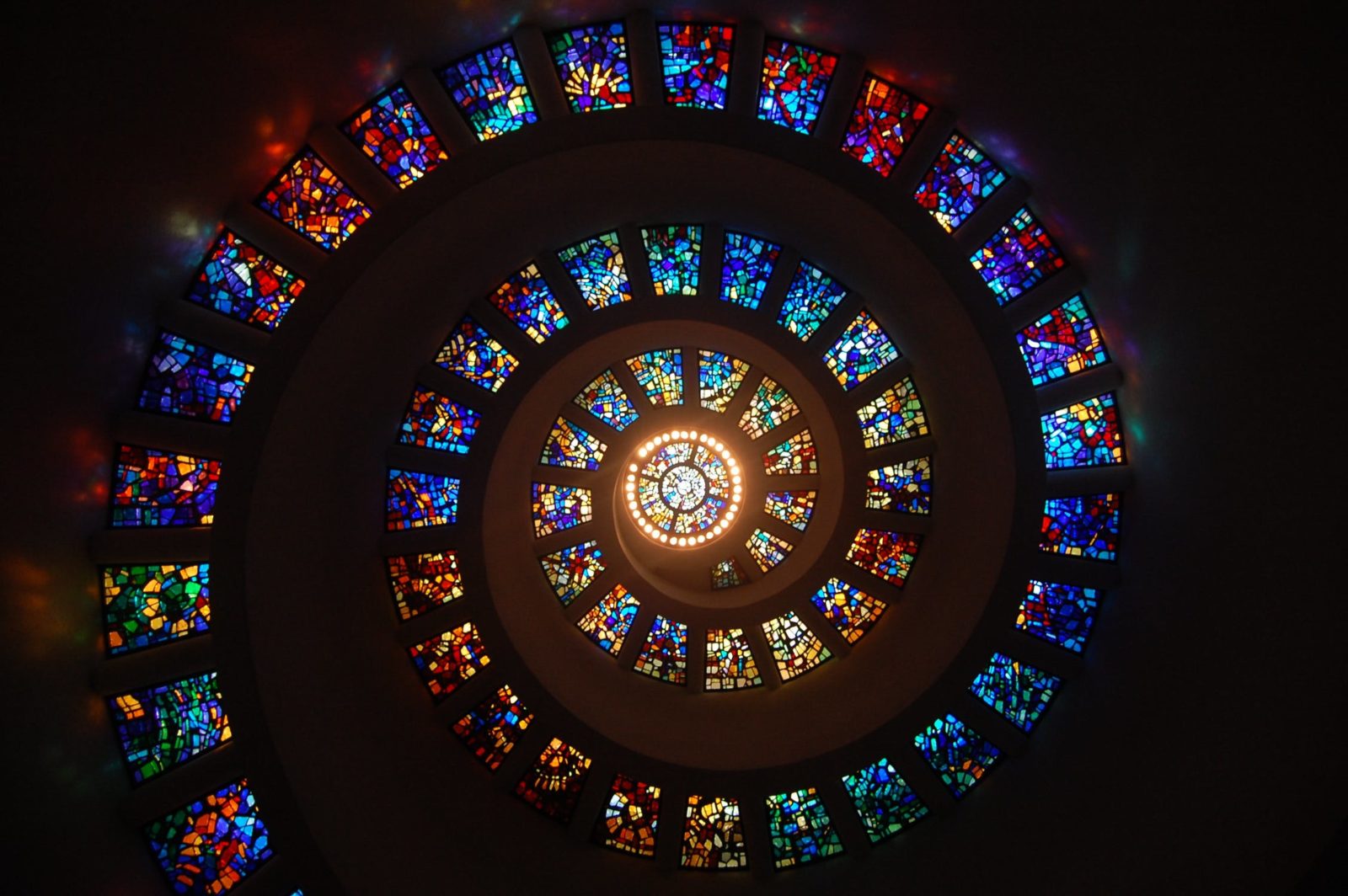I started a clubhouse On Jan 10 2011 called ” NFT – a Fad or Here to Stay”
I have been excited for an NFT like token since the early days of colored coins. I have participated on most early platforms (including cryptokitties and the beta for NBA Top Shot).
The purpose of the clubhouse room was for me to better understand the value that NFT art specifically offers. Going in, I could not understand why people would pay such large sums of money for something that offers little “tangible value” for users. As I watch the auctions and order books for these art based NFTs, I came to the conclusion that it is completely speculation driven.
The main advantage of NFTs is – authenticity, verifiable ownership, uniqueness and chain of custody.
After listening to the Clubhouse, I think the NFT Art could be broken down to 3 sectors:
- Digital Art
- Digital properties (like Decentraland or ingame)
- Programmable Rights and/or Access Management
I can understand the value of #2 – like Second Life (635k) or ingame skins.
#3 was explained well by 3LAU – https://thedefiant.io/building-the-investable-layer-of-music-by-3lau/ It could utilized as an exclusive access token and could be coupled with geo-fencing.
My main purpose was to explore #1.
My Main Concerns:
- Difficulty – arguably the amount of work/cost/entry barrier required to produce, reproduce and create variation of digital art is significantly lower than physical art. (It can be argued that certain pieces in digital form can take a very long time but I am mapping this out on a bell-curve.) For example, I can create a cryptokitty clone. Write in a function that auto generates 1000 NFTs – with each kitty having a unique color scheme. This can be done very quickly – I guess an equivalent would be a printer in the physical world.
- Displaying NFT Art is Challenging – the vast majority of people argue that having something like the Samsung Digital Art Frame solves this solution. Well, it’s as expensive as a OLED or top of the line Samsung TV thus pricing out a lot of users. You also need a power outlet and that may prove challenging in certain locations. Lastly, managing, setting-up, controlling can be difficult require tech literacy and devices. As a reference, I could not find a single Youtube video (on the first few pages) showcasing NFTs on a Samsung Digital Art Frame. Its makes the entry barrier for displaying digital art magnitudes higher than traditional art.
- Gatekeepers – the objective of cypherpunks was to circumvent gatekeepers and middleman. Many people in the Clubhouse chat was asking about how to get through the approval process for Nifty Gateway and Rarible. Maybe its super easy, I wouldn’t know but I did notice quite a few people asking about this. As a result, the gatekeepers of the platform (just like the traditional art world) decides “WHO” will be featured and my assumption is that it’s primarily driven by a simple equation: Level of Fame (of artist) x Number of Social Followers x Level of Potential Hype = Potential Profit. The platforms are optimizing for profit and number of users.
- Fat Tail Distribution – I believe that the bulk of profit, interest and subsequent value capture will fall into popular existing artists like Deadman5 NFT. There might be a few new interesting crypto artists like Cryptograffiti (one of my personal favorites) thats makes a name in this niche. The ability for 10,000 users to mint 10,000 NFTs creates a very saturated and disorganized market. As a result, gatekeepers must heavily curate in order to maintain public interest.
- Who are the buyers? This is question I posed to the group. Who are the buyers paying these large sums of money for digital art? The answer (from Nifty Gateway team) was that it was a select few individuals that are the primary bidders. Due to the pseudonymous nature of crypto, I suspect some buyer are pumping up the price via multiple accounts (happened a lot on cryptokitties and have seen it on certain platforms). The large sums for certain pieces also prices out the retail. How do you get retail hype and demand if the prices of art pieces exceeds the annual salary of your average retail buyer? Lastly, I do not know a single “whale” or wealthy crypto investor that has spent significant sums of money (beyond crypto kitties) on digital art NFTs. If you are one, please reach out and I would love to chat.
- The Conversation – the majority of the conversation from artists generally revolved around “how to grow distribution and maximize prices.” I found this very interesting. There was no concern for the secondary market and it was really focused on the primary issuance. I assume that most artist thought that “people buy art based on personal interest,” like a consumable product. From my perspective, the wealthier people buy art based on a split between finance and interest. They will follow certain artists who’s works like they like and at the same, have good upside potential (or tax advantages, hedge against inflation etc). IMO great artists that understand the market dynamics (who are still alive today like Jeff Koons) really focus and drive value in the secondary markets.
Overall, my concern for NFT Art is that it’s just a feature set improvement over the existing and not a magnitude of improvement. There is no “killer” feature or acts as a “painkiller.” It’s more like a Vitamin – Painkiller vs Vitamins.

Interesting Innovations Looking Forward
The one “magnitude of improvement” that I could find in Digital Art over physical art is something like Async. https://async.art/art/master/0xb6dae651468e9593e4581705a09c10a76ac1e0c8-993
I thought this was very interesting as each NFT represents layers in the artwork and the person owning the NFT chooses what layer is displayed. So if you control the NFT for the background, then you would be able to choose the background color. I think this represents a true innovation forward in terms of digital art. It’s essentially, programmable and dynamic digital art.
Even though this post sounds relatively negative, I am extremely bullish in terms of NFTs in general. I think it’s one of the most interesting innovations in crypto especially the mechanism designs that power current and future NFTs. It opens an entirely new gateway and potential asset class while offering the ideological nature of cryptocurrencies.
I would to thank everyone that contributed. I learned A LOT. I would like to especially 3LAU for moderating and dropping insight bombs. Follow him to check out the NFT he is launching!

